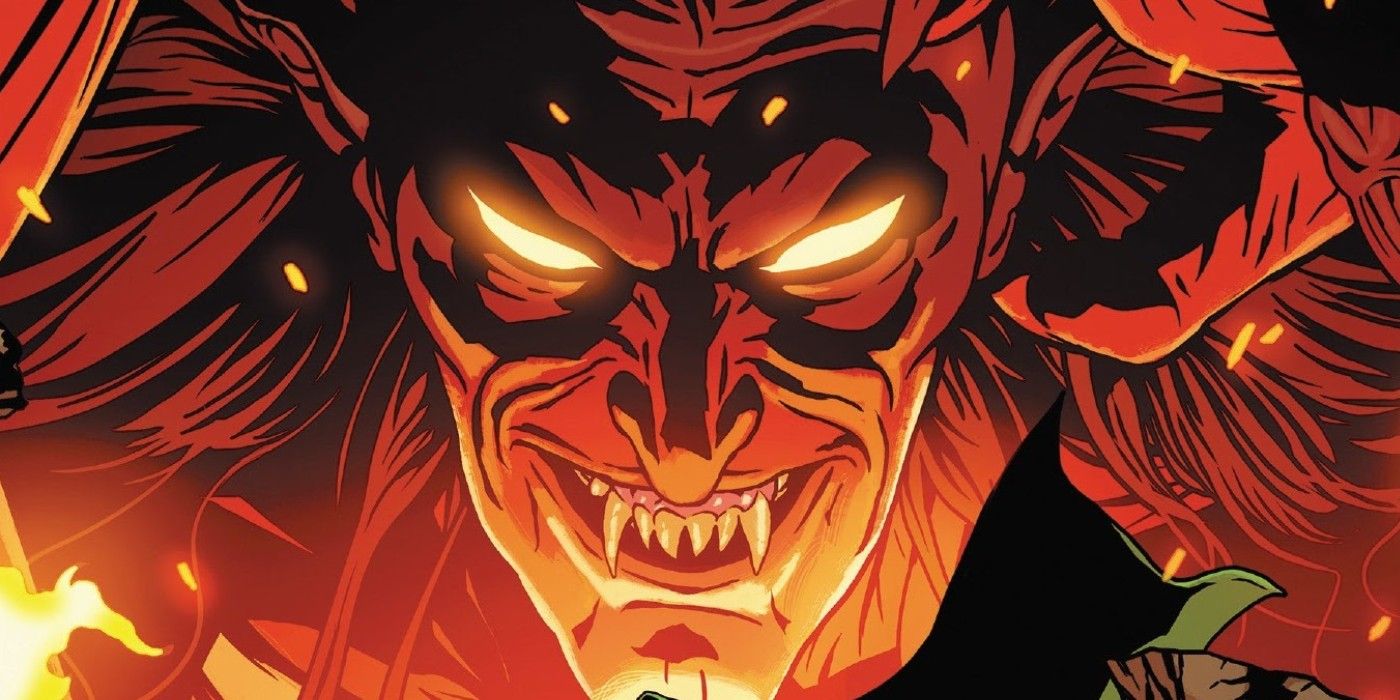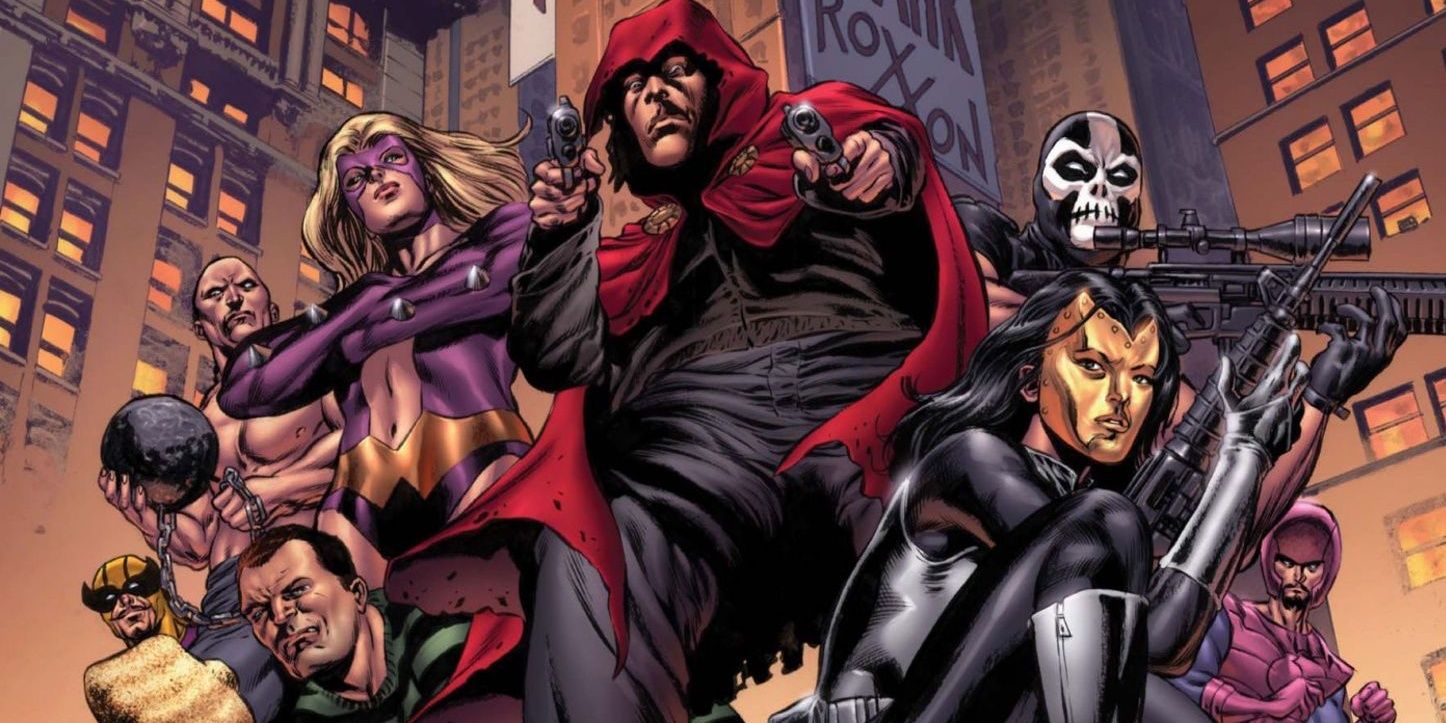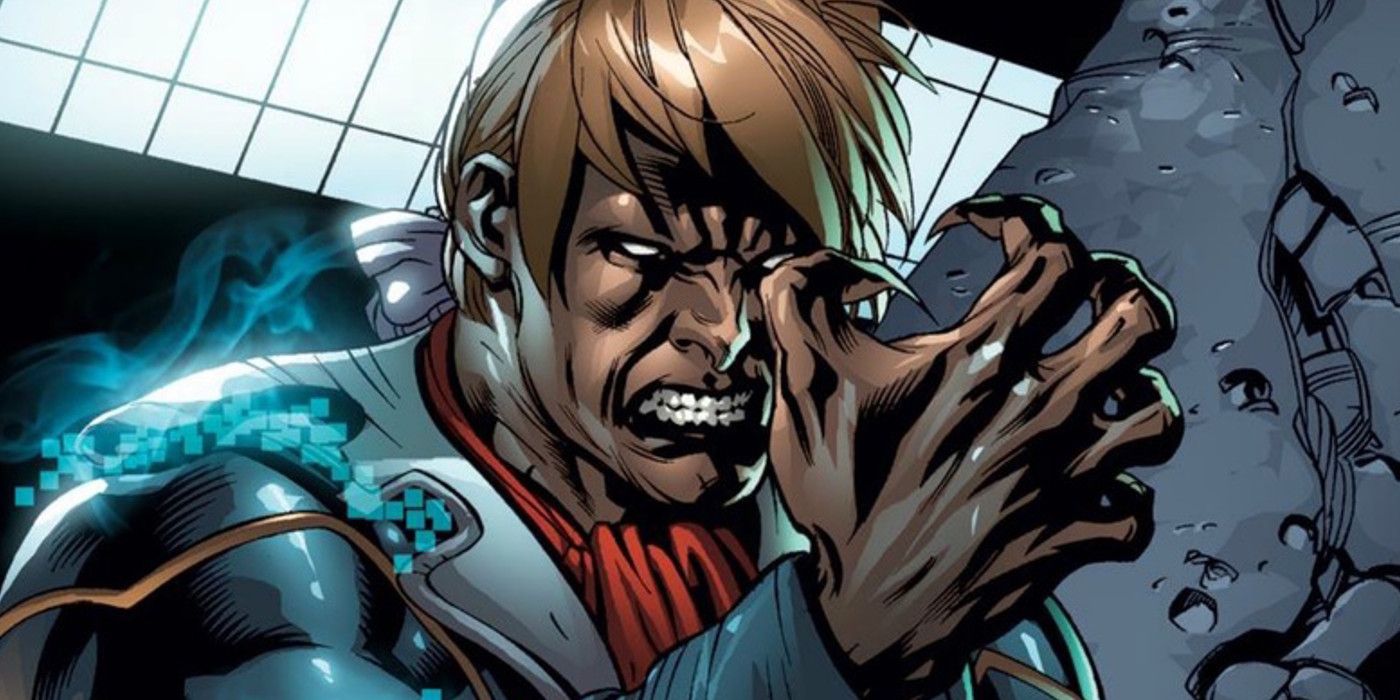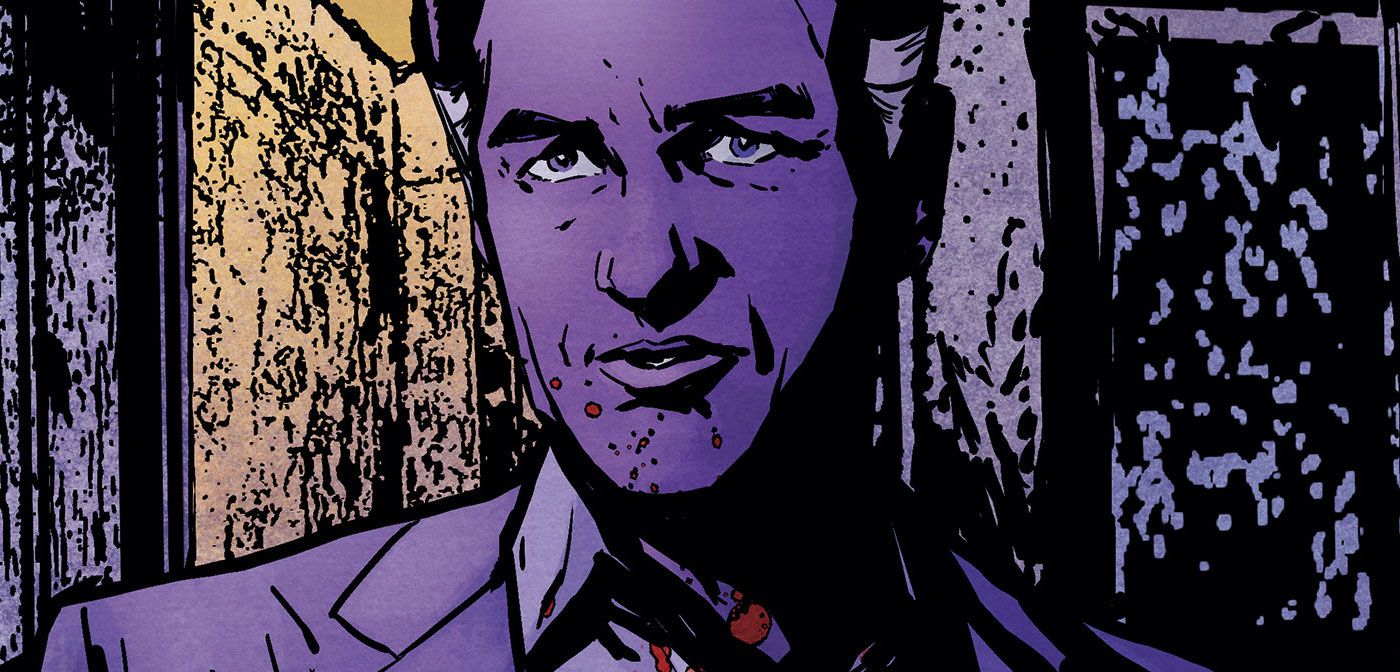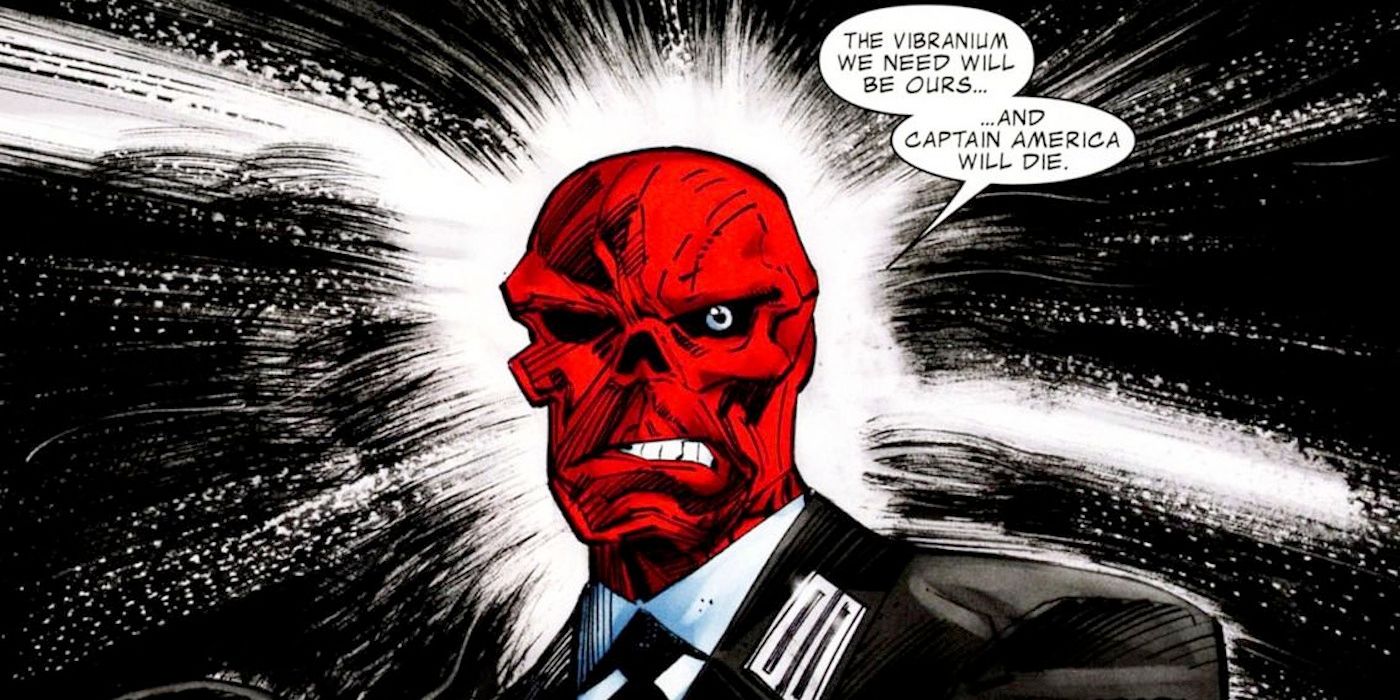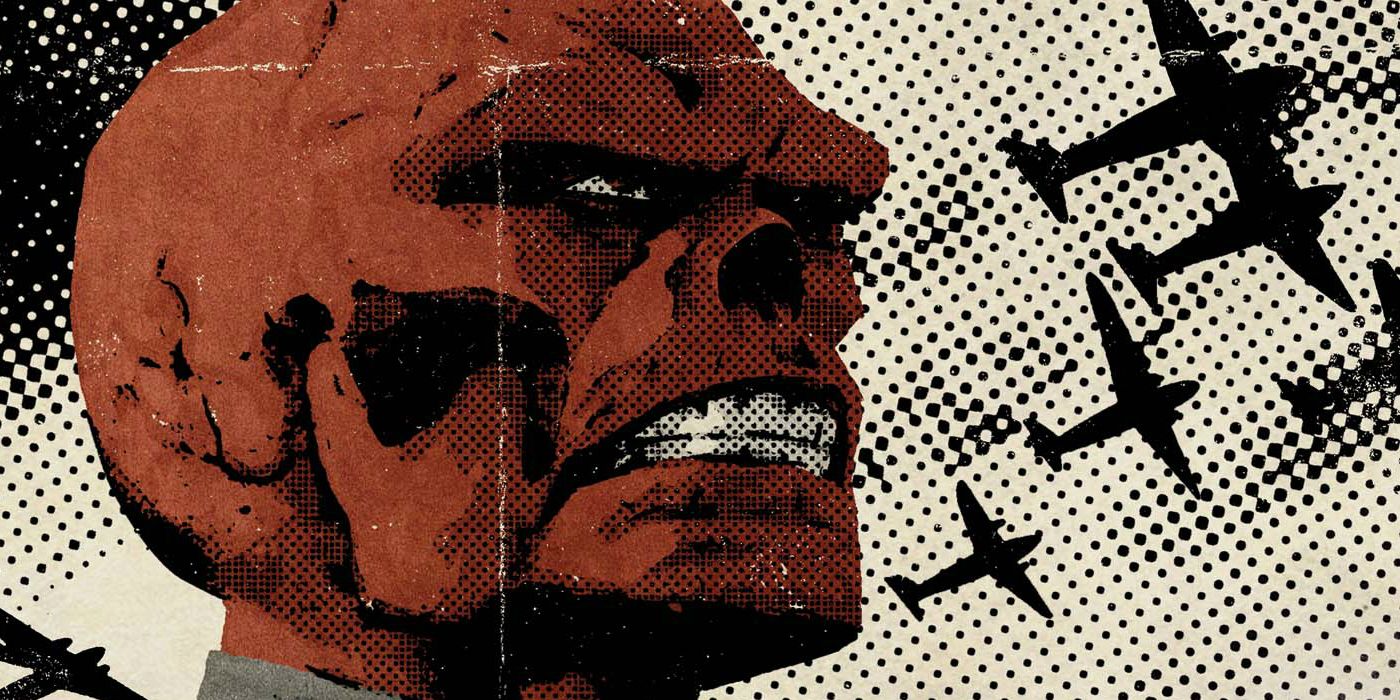There is no shortage of compelling villains in Marvel Comics. Without characters like Magneto, Doctor Doom, Mysterio, Bullseye, and Kang the Conquerer, the deeds of some of the most beloved characters in fiction would unfold without any drama. Villains help elucidate the principles that guide superheroes to begin with, bringing insight to the particular motivations that drive these protagonists in their fight against evil.
In looking at the most evil villains in Marvel Comics, there needs to be a difference drawn between a villain who is interesting, and a villain who is downright morally reprehensible. Magneto, for instance, is arguably one of the most compelling villains in fiction, due to the complexity of his character as a mutant Holocaust survivor who wants nothing more than to protect mutantkind from the persecution he faced. While his violent methods are sometimes difficult to justify, they are not outside the realm of reason due to the immense pain he experienced from one of humanity's most horrific acts.
When evaluating what makes a villain truly "evil," it is necessary to first define what "evil" means. A villain can be evil for entirely selfish reasons, like Mysterio's own self-obsession, or they can be evil because they value certain forms of life over others. Thus, "evil" describes any conscious, willful activity carried out with the intention of destroying life, especially against vulnerable groups (like mutants, for instance). Already, this cancels out a lot of Marvel's pool of villains, because most villains are motivated by their own egos or their own suffering, rather than actual evil.
The list of Marvel's most evil villains is narrowed down to four candidates who each demonstrate a different facet for how evil operates in the Marvel Universe. Three out of four of them are humans, with the other being a demon, suggesting that some of humanity's greatest foes lie not in faraway galaxies, but in their own backyard.
Mephisto
As the only non-human on this list, Mephisto is a demon who presides over Hell, as his name suggests. Created by Stan Lee and John Buscema, Mephisto debuted in 1968 in The Silver Surfer #3. It would not be hyperbolic to describe Mephisto as the incarnation of evil, seeing that the very concept of goodness is not something in his vocabulary.
A moment where he truly lived up to his Satanic origin was his enthusiasm for Thanos's universe-wide genocide in Jim Starlin's Infinity Gauntlet storyline, gleefully aiding the Titan in his plan to destroy half of all life. Mephisto lauded Thanos as a "divine presence," before swearing fealty to him and his violent plan. Given Mephisto's identity as a demon, his evil nature is not at all surprising.
Donald Pierce
A longstanding foe of the X-Men, and particularly Wolverine, Donald Pierce's ultimate goal is to eradicate mutantkind. Originally a member of the Hellfire Club, Pierce was later kicked out and subsequently became the leader of his own group of evil cyborgs known as the Reavers. Pierce has used his family's wealth from the Transatlantic slave trade towards the destruction of mutants around the world. To top it off, he is often dressed like he just walked out of nineteenth-century Europe, indicating his less-than-enlightened views when it comes to people different than himself.
The ambiguity behind Pierce's hatred of mutants makes him even more villainous because it demonstrates that his deliberate acts to destroy mutants are ultimately decisions he made from his own volition. That is, Pierce chose a life of hate and antagonism against mutantkind when he could have chosen to direct his family's resources, acquired through deeply unethical circumstances, towards mending the rift between humanity and mutants. Because of his demonstrated lack of contrition towards both his family's past, as well as his genocidal actions against mutants, Donald Pierce is indicative of the callousness that human beings can embody in the Marvel Universe and beyond.
Purple Man (Zebediah Killgrave)
Jessica Jones's nemesis, Purple Man (Zebediah Killgrave), is a villain so disturbing that he brings new meaning to the word to begin with. With the ability to make people do his bidding through verbal communication, there are few villains who even come close to the type of harm that Killgrave is capable of on an individual level. Because his powers allow him to override a person's sense of free will, Killgrave's powers are a direct affront on humanity as a whole.
As Jones's story shows, the psychological damage of Killgrave's powers is long-lasting and difficult to unpack. Killgrave's repeated use of his deeply problematic power set indicates his lack of care towards those he chooses to use them on, putting him strongly in psychopathic territory. While Killgrave may not have tried to commit universe-wide genocide, the violence committed in his ability to turn human beings into puppets for his own use is a unique type of evil that few villains in Marvel even come close to matching him on.
Red Skull (Johann Schmidt)
There is perhaps no better example of humanity's capacity for hate in the Marvel Universe than longtime Captain America villain Red Skull (Johann Schmidt). As writer Greg Pak details in his Red Skull series, a young Schmidt grew up as an orphan in Nazi Germany, where he grappled with a sense of powerlessness due to his low social status. After betraying a friend in their plot to assassinate Hitler by subsequently murdering him on the spot, Schmidt found a mentor figure in Hitler that greatly influenced his politics. To Schmidt, embracing Hitler's violently hateful agenda was a way to overcome his own feelings of inferiority due to his life on the streets as a child. From Pak's writing, it is clear that Red Skull's evil lies in his decision to, much like Donald Pierce, choose hate as a means of getting ahead in the world.
The Red Skull is Marvel's most evil villain because he never acts alone. He comes from a larger group whose carefully organized acts of physical, psychological, and cultural violence are the reason for why the word "genocide" even exists. Without the actions of The Red Skull's Nazi Party, there would be no precedent for Thanos's Infinity Gauntlet storyline.
While writers and other creators have long used comics as a means for readers to leave the quotidian circumstances of their lives, Marvel's Red Skull is a forceful reminder that human history is littered with villains whose acts are far worse than fiction. Fiction disturbs most when it sheds new light on a horrific reality. For some readers, following Captain America's journey as he foils Red Skull's plans can be helpful in processing the immense pain that lies behind the circumstances of the comic's story.
A character like Red Skull who is based on real human beings provides an opportunity for creators to unpack how evil exists in the world. This is doubly important considering that superhero comics were first developed as an expressive medium for marginalized groups. Though characters like Red Skull, Mephisto, Donald Pierce, and Purple Man all represent the numerous ways that human beings have managed to hurt each other over the course of history, it is also necessary to remember the heroes who were there to stand against them. And that is who the genre is a celebration of: those who choose to defy evil and darkness, rather than embrace being a villain.

